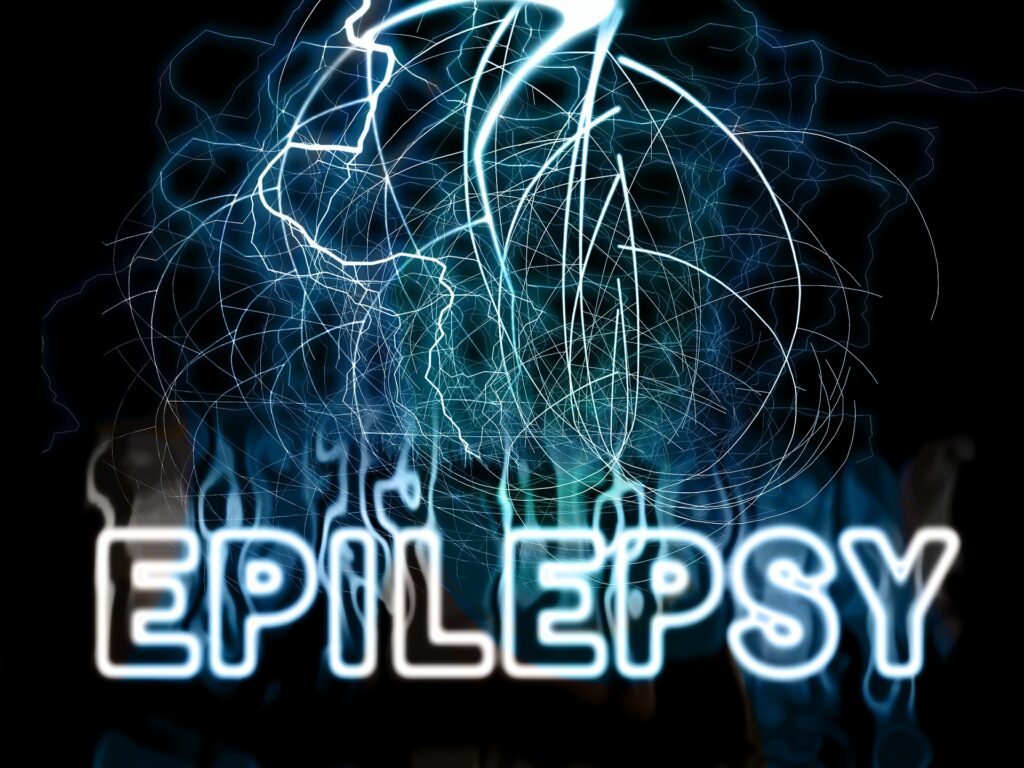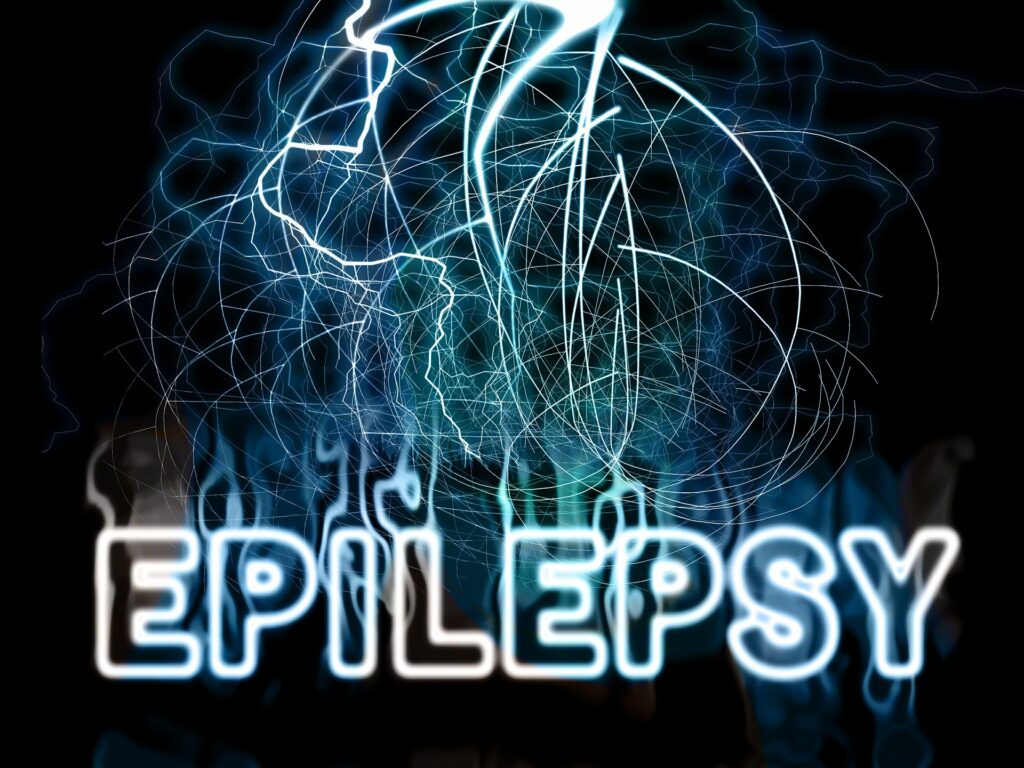(This article is an informational and personal experience article only. If you have any symptoms or questions related to your health, talk to your neurologist, nurse, or local doctor first. This post contains affiliate links. As an Amazon Associate, I earn from qualified purchases.)

What is epilepsy to a Patient?
To a doctor epilepsy is a neurological disorder marked by sudden episodes of sensory disturbance, loss of consciousness, or convulsions caused by electrical abnormal activities in the brain.
But what is Epilepsy to a patient? Before getting too far in, my name is John. I am a certified peer recovery specialist and a person who has dealt with epilepsy for the last 34 years. I started to have grand mal seizures at the age of 8. Nowadays they refer to those types of seizures as tonic-clonic seizures.
I am going to go over some definitions and meanings of epilepsy in a more average person understanding way instead of a doctor’s point of view.
TWO CATEGORIES
There are two main categories of the type of seizure you have. Each category is broken down into more specific types of seizures.
Let’s start with what they call generalized.
GENERALIZED
Generalized seizures are broken down into two types.
1. Absence seizures
2. Tonic-clonic seizures.
The key thing to understand about generalized seizures is that these seizures affect both sides of the brain. This is where my epileptic disorder fits in.
Absence seizures
Absence seizures are where you can get rapid blinking or for a few seconds start staring into space.
Tonic-clonic seizures
Now just to give a brief Tonic stands for muscle spasms and clonic stands for involving convulsions.
If you have tonic-clonic or grand mal seizures like I do, you understand the extreme muscle spasms you have during a seizure. This type of seizure causes you to have spasms in the arms, legs, and core of your body. And can even make it hard to breathe properly.
Now let’s go to the second group called focal seizures or partial seizures.
FOCAL SEIZURES/PARTIAL SEIZURES
These seizures are in only one side of the brain only. In this category, the doctors broke it down into three types.
1. Simple focal seizures
2. Complex focal seizures
3. Secondary Generalized Seizures
Simple focal seizures
Simple focal seizures affect small parts of the brain. These seizures cause twitching or possible changes in things like strong taste or smell.
Complex Focal Seizures
Complex Focal seizures can cause a person with epilepsy to be confused or dazed. This makes the person unable to respond to questions, instructions, or directions for up to a few minutes.
I once worked with a person as a peer support specialist who had a seizure like a grand mal/tonic-clonic seizure and afterward, they had the effects of a complex focal seizure. Not understanding anything and being scared around other people whom they did not recognize at that moment.
Secondary generalized Seizures
Secondary generalized seizures start in one part of the brain like simple focal seizures but then spread to both parts of the brain like generalized seizures. Easy way to understand, it starts in one small spot and then spreads all over your brain.
I understand this article was more science definition and meaning but the rest of the articles have a more personal point of view with science and meaning involved still too. In the article Epilepsy: my story I explain more of the medicine, treatments, and procedures I have done myself to deal with my epilepsy. And the article about my type of seizure Grand Mal / Tonic-clonic seizures.
(This is an informational and personal experience article only and it is best to talk to your neurologist, nurse, or local doctor for more specific information on your diagnosis.)

John is a person who has been diagnosed with epilepsy since the age of 8.
John has been a certified peer recovery specialist in the state of Iowa since
2019. John also has training in ASIST (Applied Suicide Intervention Skills
Training). John is an advocate for epilepsy and mental health. John’s blog is
to help fellow people like John diagnosed with epilepsy and mental on their
road to recovery.

